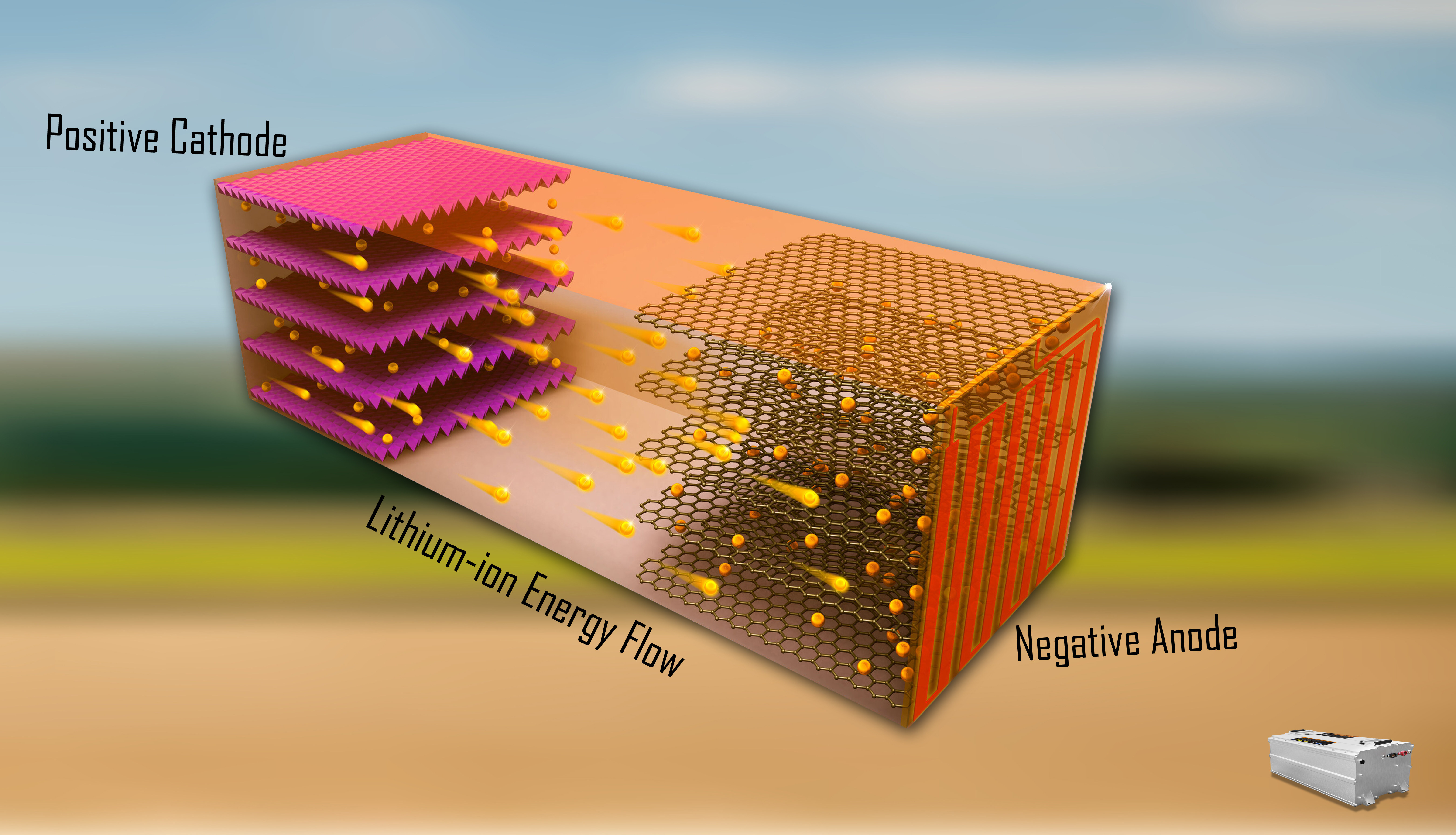Whether your golf car has been in storage over the winter or it’s been in constant use, summer is a great time to give its deep cycle batteries a thorough checkup. If you haven’t already, one of the first things battery manufacturers recommend is to give your batteries an equalization charge. Start by fully charging the batteries by allowing your charger to complete an automatic charge to full termination.
Once completed (usually overnight), an equalization charge can be initiated by unplugging AC power to the charger, waiting for the charger to reset and reconnecting AC power. The charger should restart and perform a normal but truncated charge cycle. This shortened charge cycle should run for 2 – 4 hours vs the normal 8 – 12 hour charge cycle. During this time, all the cells in the batteries should be gassing vigorously. This gassing helps to fully mix the electrolyte to prevent electrolyte stratification and balances the state of charge from cell to cell. It also clears any residual sulfation left from any incomplete charges during use. If your charger has an equalization mode, follow the charger manufacturer’s instructions for initiating it properly. This is perhaps one of the best ways to keep your golf car batteries healthy and maintain their maximum capacity and run-time.
Watering your lead-acid, deep cycle batteries is something that should be done every month – more often as the batteries age. Watering is best done just before equalization charging to assure the added water is fully mixed in the electrolyte. It is always good practice to check the levels again after equalization charging. Always perform battery maintenance in a well-ventilated area and wear eye protection and gloves.
After checking water levels, check the battery terminals and wiring. If there is any corrosion, clean it with a mixture of baking soda and water to neutralize the acidic corrosion products. It’s best to add the mixture to a spray bottle. Remove the cables from the battery terminals and, using a wire brush with a plastic or wooden handle to prevent shorting, clean the terminals and wire connections down to bright metal. Replace any wires that are frayed or broken.
If you removed or replaced any cables, carefully reconnect them to the battery terminals. Be careful not to over-tighten as lead terminals can be damaged by over-torqueing. The recommended terminal torque is 100 inch-pounds or 16-18 pounds on the end of a six-inch wrench. Another easy way of gauging the proper torque is to watch the split-ring lock washers during tightening. When the split-ring goes flat, stop tightening. Finish with a silicone spray or corrosion inhibitor to prevent additional corrosion from forming.
If you think your batteries are old and reaching the end of their life cycle, you can check their overall condition by using an inexpensive hydrometer to determine the state of charge for each cell. After your initial charge and equalization charge, check each battery cell with the hydrometer and jot down the readings. Compare them to the battery manufacturer’s recommendation for what the fully charged specific gravity reading is for your specific battery. If the range from highest to lowest is more than 50 points (0.050 SG) and your driving range is significantly reduced, it may be time to consider a new battery.
When everything seems in order, take your golf car out for a run, and after 30-days, perform another equalization charge and check the cells with a hydrometer to ensure the battery is properly charging. If charging problems are suspected, you can check your charger for proper function using the charger diagnostic procedure found at www.usbattery.com.
Once you’ve completed these steps, your golf car batteries should be ready to go back to work full-time. With regular maintenance, they will continue to run at optimum performance and last longer with lower annual operating costs.
Post time: Apr-28-2022

